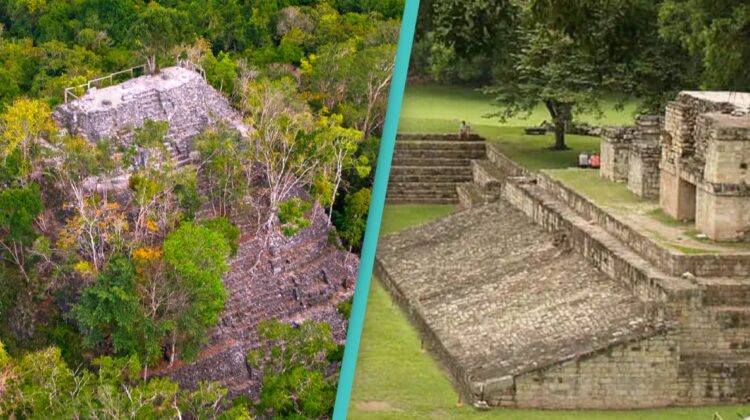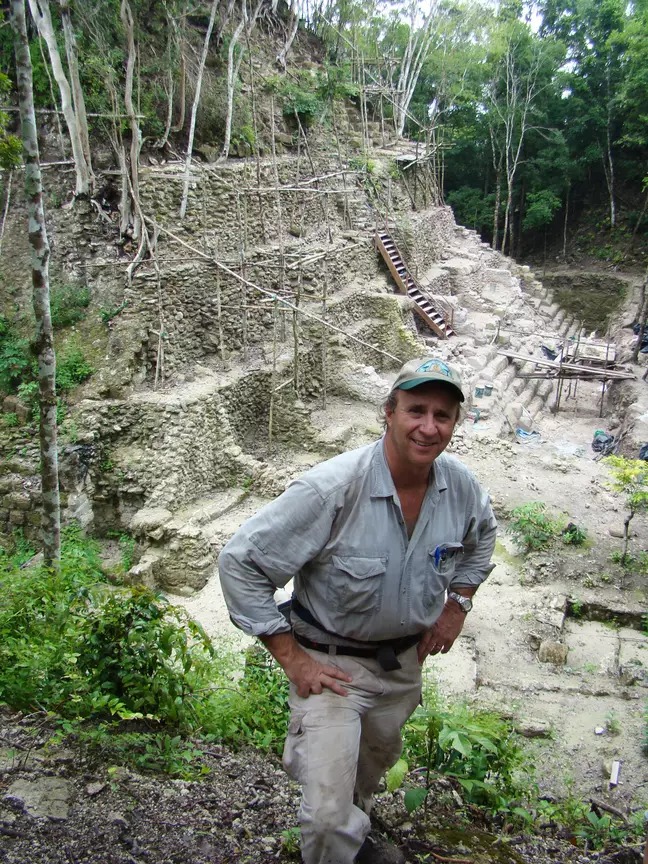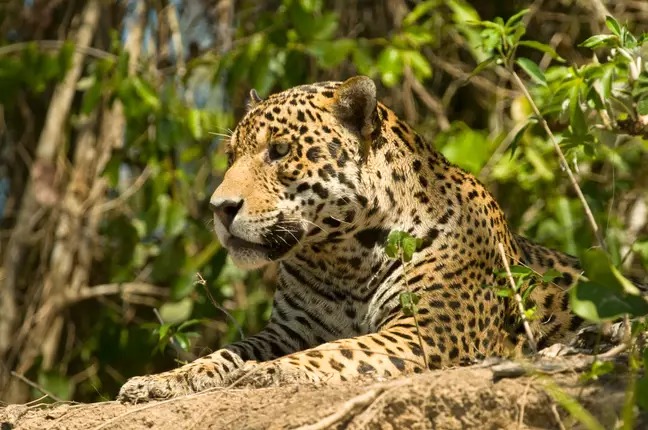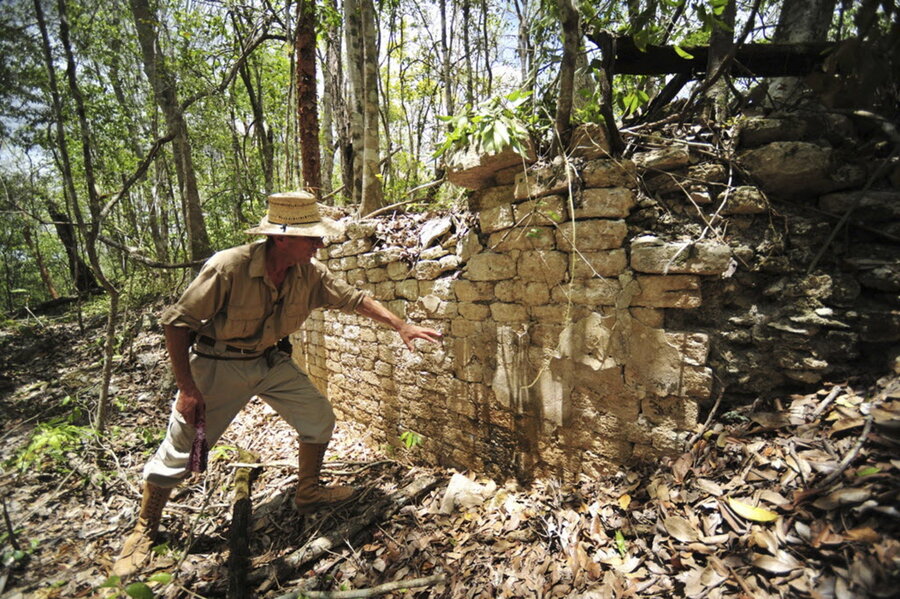
Prepare to be astounded as archaeologists have made a groundbreaking discovery deep within the remote jungles of Guatemala—a vast network of Mayan cities that is causing experts to rewrite the history books. This incredible find consists of over 400 new settlements, completely transforming our understanding of the ancient Mayan civilization.
But that’s not all. One archaeologist revealed an astonishing fact—the cities were connected by roads, which he refers to as “the first freeway system in the world.” This revelation adds another layer of complexity to the sophisticated Mayan civilization.

What makes this discovery even more remarkable is the age of some of the sites, dating back as far as 1,000 BC. Previously, archaeologists believed that during this time, the Mayans were nomadic hunter-gatherers. The uncovering of the El Mirador jungle has been hailed as a “game-changer” by Richard Hansen, a researcher professor at the University of Idaho.
“We now know that the Preclassic period was one of extraordinary complexity and architectural sophistication, with some of the largest buildings in world history being constructed during this time,” said Hansen. The significance of this finding cannot be overstated—it reveals a vast volume of human history previously unknown to us.
The challenging journey to reach these sites is a testament to the dedication and perseverance of the research teams. The El Mirador jungle, with its dense vegetation, required either a helicopter or a grueling 40-mile hike to access. Moreover, the team had to be mindful of the presence of jaguars and snakes that roam the area.
The rewards for their efforts have been substantial. Not only did they unearth 417 new cities spanning over 3,000 years, but they also discovered an astonishing interconnectedness between these settlements, facilitated by 110 miles of ancient “superhighways.” Just like modern cities, the sites exhibit evidence of hydraulic systems and advanced agricultural infrastructure.

The research began nearly a decade ago, utilizing lidar technology—a cutting-edge radar-based system—to reveal the ancient structures hidden beneath the rainforest. This non-invasive approach allowed the archaeologists to penetrate the dense vegetation and canopy without harming the delicate ecosystem.
From the initial scans, experts generated 3D images of the foundations of these sites, offering valuable insights into their architecture and layout. Before this technological advancement, archaeologists had to rely on drawings and limited information, with the first 3D images becoming available only in the late 1980s.
Enrique Hernández, an archaeologist from San Carlos University, expressed his excitement about the project’s success. Thanks to this innovative technology, the team has uncovered even more sites—now totaling over 900 settlements—previously invisible to them.

This extraordinary discovery is akin to unearthing buried treasure, providing us with a wealth of knowledge about the ancient Mayan civilization. It opens up new avenues of exploration and understanding, shedding light on a rich and complex society that thrived centuries ago. The lost world of the ancient Mayan cities serves as a testament to the enduring allure of archaeological discoveries and the endless mysteries that lie within our planet’s hidden corners.

Leave a Reply